Critique by Vladimir London, Drawing Academy tutor
Hi Roman,
Many thanks for your email and drawings. You told me that you have been drawing from photos for some time and now want to re-learn how to draw from life and imagination, but have some concerns about your progress.
Don’t be hard on yourself, many art students would be glad to have your drawing skills.
There are, however, few things you can start working on right now. Let’s start from the beginning:
1. Pencil handling skills
To make great drawings, you have to “be in love” with every pencil stroke you make. Instead of rubbing a pencil in all directions, try making elegant and thoughtful strokes. Get into the habit of working with a well-sharpened pencil.
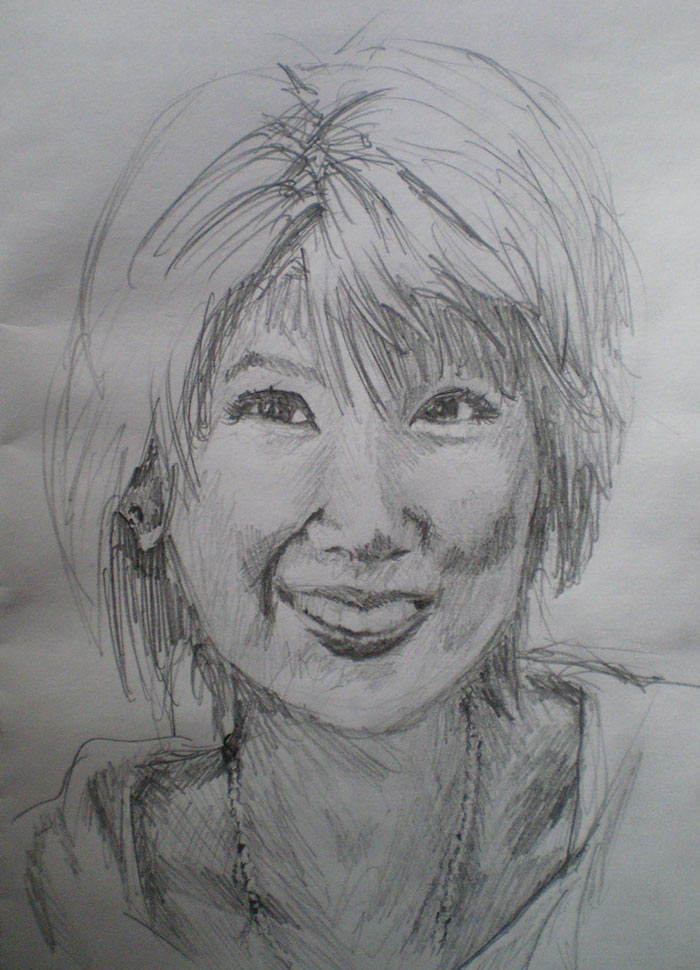
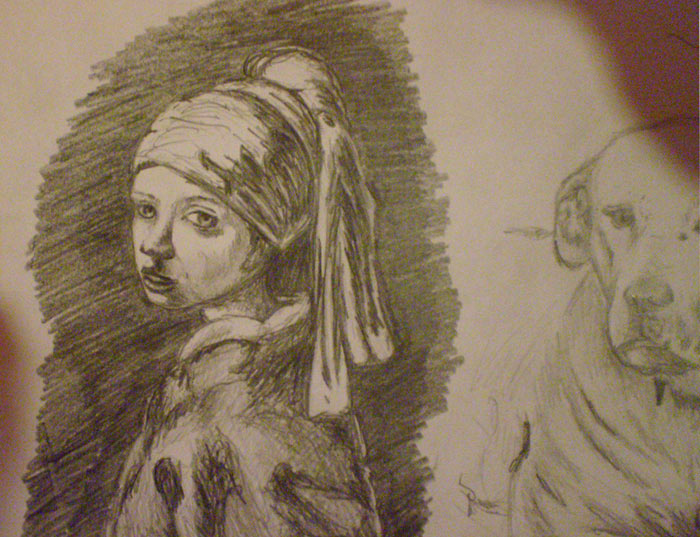
2. Constructive drawing principles
Your drawing skills will improve when you start “Drawing what you know”. This includes the knowledge of linear and aerial perspective, construction of a human head and body, understanding how body parts connect to each other, etc. Of course, you need to learn the necessary knowledge first.
For example, in this drawing, the model’s left leg has a “broken” knee and ankle joints. The drawing of the skull also indicates some gaps in anatomy knowledge:
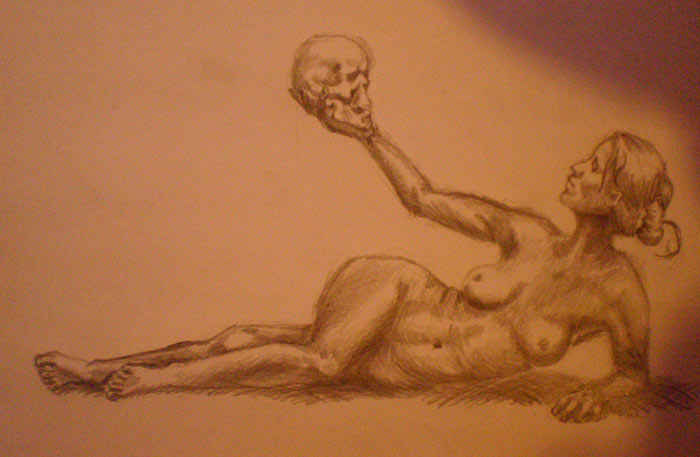
3. Human body anatomy and proportions
To draw “well-constructed” human figures and portraits, you need to work on a human anatomy. The figure below would benefit from fixing a dislocated left shoulder joint and more natural curve of the neck:
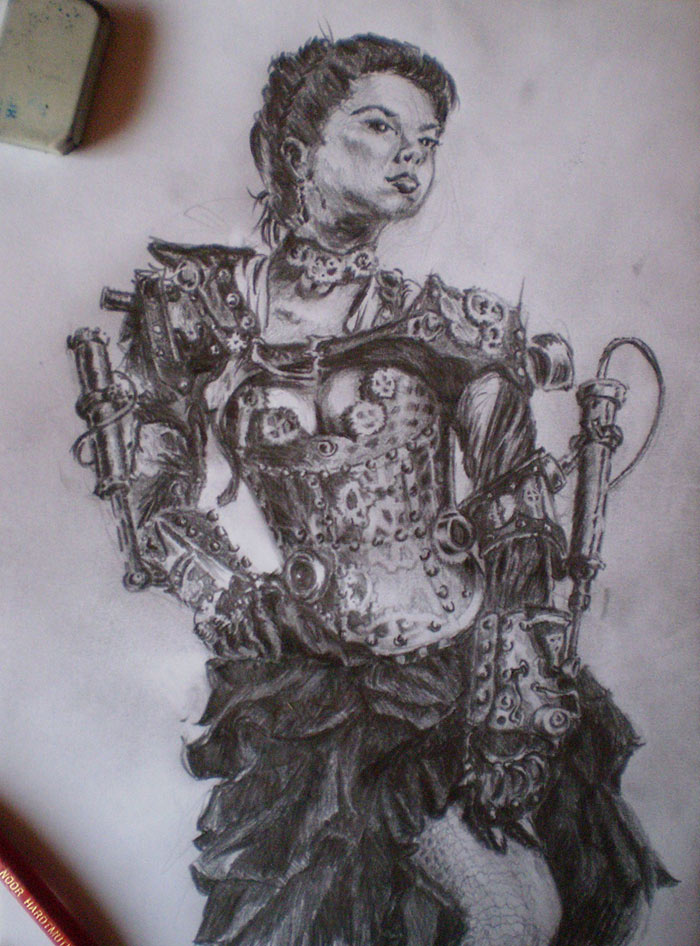
4. Tonal rendering technique
Good rendering happens when pencil strokes are applied along the contours (do not confuse this with outlines) of objects. Once again, your pencil has to be well-sharpened to avoid blunt strokes.
Check the artwork by Albrecht Durer. Note how every line is important – how they are applied along contours and how they tell a story:
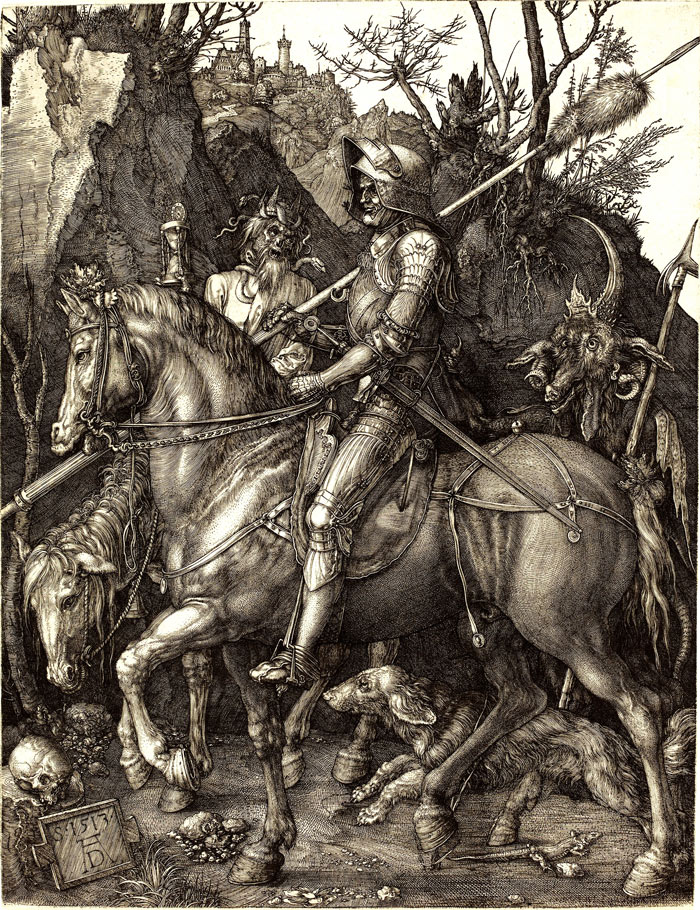
Also, please check the rendering technique in these drawings by art students:
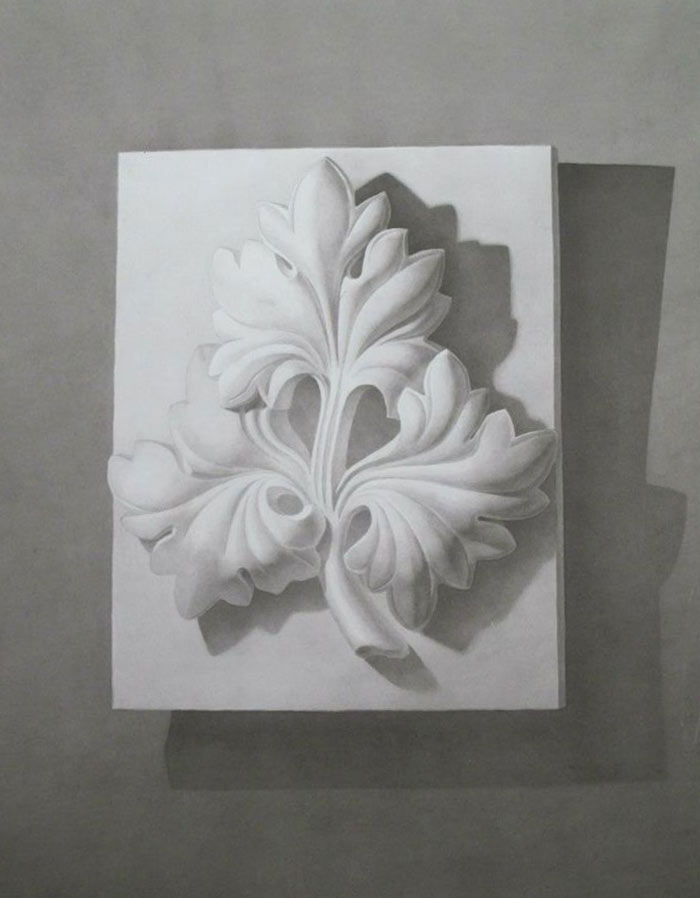
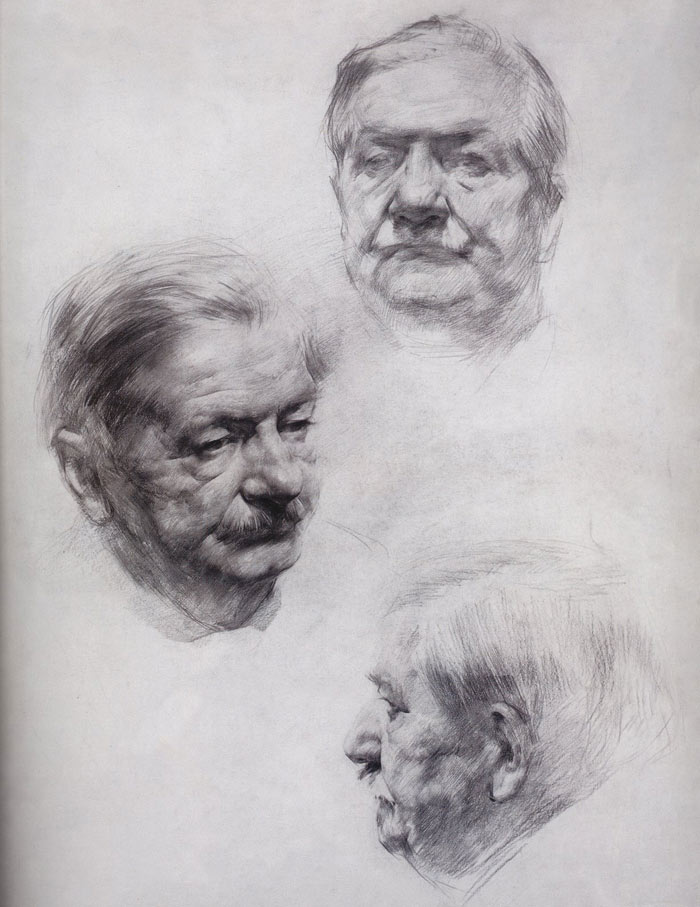
If you are serious about improving your drawing skills, then I would suggest you begin with this video lesson:
//drawingacademy.com/help-i-cant-draw
Watch the first 11 chapters and practice the proposed exercises.
Start with sharpening a pencil. Send me a photo of your pencil.
Train a good pencil grip.
Do other exercises.
Spend at least 20 hours on every task.
Send me only the best results you can possibly achieve.
I will instruct you on how you can get to the next level.
Once again, thank you for your drawings.
I’m sure you will improve your art skills.
To Your Creative Success,
Vladimir
To learn human anatomy fast, visit the Anatomy Master Class »
To learn how to draw whatever you see or imagine,
Enroll in the Drawing Academy Course
Pay once - Enjoy forever!
Only $297






Thank you very much for such quick answer.
I will take your advice seriously, and train the basics hard, all 11 steps and send you my best results.
I find your personal approach amazing, thank you. I was a bit scared before joining that the course instructors would be too busy to give any real advice if any. So I’m relieved.
With regards
Roman
P.S. English is not my born language, so I hope this is readable.
Thank you for such an answer which helps me a lot about drawing!
But I still get one question: what is the difference between contours and outlines of objects? I thought there were the same thing.
Thank you for your question. Outline is a visible line around the object’s outer edge. Usually, there is only one outline.
Contour is an invisible virtual line anywhere on the object. Think of slicing a cucumber with a knife at any place, the cut line is the outline. You can cut a cucumber at any place in as many pieces as you like.